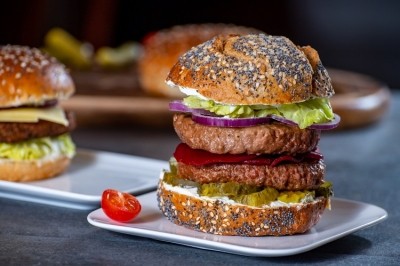How much do consumers know about probiotics in food?

Probiotics are live microorganisms. When administered in adequate amounts, they offer a health benefit to the host. A typical daily intake stands at around one billion colony forming units (CFUs).
Health benefits to date have largely been associated with gut health and immunity.
How much of this does the regular consumer understand? In a global survey, Danish ingredients supplier Chr. Hansen asked 15,639 consumers how much they knew about probiotics and their potential health benefits.
Overall, results suggested a strong interest in learning more about probiotics across all regions: Europe, North America, Latin America, and Oceania.
Do modern consumers understand probiotics?
When asked how familiar respondents were with probiotics, 75% reported between 'very' or 'somewhat familiar' with probiotics. Twenty-five percent said they were not familiar at all.
When asked for their definition of a probiotic, many respondents expressed a positive association between probiotics and health outcomes. “It is made of good bacteria that help you to keep your body healthy and working well,” responded one participant from Australia.
“They encourage good gut bacteria,” responded another in the UK.
It was found that a significant amount of consumers consume any kind of probiotic – such as yogurt containing probiotics, for example – on a daily or almost daily basis: 48% to be exact.
The biggest group of daily consumers are Millennials (36%) and Gen X (33%). Those that consume probiotics daily were largely health-conscious, physically active consumers who live in urban areas.
They were also willing to pay, according to Chr. Hansen: “Those who consume probiotics recognise the value they add and are, for instance, willing to pay 5-20% more for a yogurt with probiotics assuming they find the flavour appealing and trust the brand.”
How important is gut health to consumers?
The ingredients supplier asked participants why they consume food products with probiotics. Most popular answers responded to interest in promoting gut and immune health, as well as supporting the microbiome.
Fifty-six percent said they consumed foods with probiotics to improve their intestinal tract, 55% to improve intestinal flora, and 50% to improve their immune system.
At the other end of the spectrum, just 12% said they consumed such foods because they like the taste better than the same food without probiotics, and 9% responded they like the texture better than the same food without probiotics.
Concerning gut health in particular, the term ‘gut microbiome’ was not as well known amongst respondents as ‘probiotics’. Half of respondent said they were not familiar with the term.
That leaves 50% who were either familiar or very familiar. Amongst those, 81% said they associated it with gut health, 41% with immune health, 40% with well-being, and 38% with general health.
What is the preferred way to consume probiotics?
The majority (36%) of participants who consume probiotics do so at breakfast. For those that consume probiotics intermittently or infrequently, they are more likely to consume products with probiotics as a snack, compared to daily consumers.
Thirteen percent said they consume foods with probiotics as a snack, 13% during lunch, 14% at dinner, and 10% for dessert. More daily consumers eat products containing probiotics at dinner and lunch compared to intermittent and infrequent consumers.
Analysing food categories, the survey revealed dairy as the more preferred and most frequent way of consuming probiotics. Compared to 52% for dairy, just 10% prefer to consume probiotics in cheese, 9% in fermented plant-based food, and 7% in juice.
Overall, dairy yogurt was most commonly consumed daily, whereas buttermilk or fromage frais were consumed mostly weekly. As was fermented dairy drink and plant-based yogurt alternatives.
What are the top drivers motivating consumers to choose and stay with a brand that offers food containing probiotics? Sixty-percent like the flavour, 46% trust the brand, and 36% find the price acceptable.
More information on packaging please
Analysing the findings, Chr. Hansen observed an interest in consuming other foods with probiotics if they were available.
Dairy food with probiotics is the most preferred and frequent choice, however consuming probiotics in other types of food, such as cheese, fruit or vegetable juice, or in plant-based yogurt alternatives also received interest.
Overall, respondents appeared willing to learn more about probiotics. A total of 71% said they would like to have more information on probiotics.
More specifically, consumers are interested in learning more about the benefits of probiotics via packaging and online resources.
“The most preferred media for learning more is via product packaging (53%). This preference is followed by online sources such as websites (44%) and mobile apps (38%),” noted the ingredients supplier.
Additional information on probiotics may well be needed, given some common misconceptions observed amongst respondents: 47% agreed or somewhat agreed that all dairy yogurts contain probiotics.
And 73% mistakenly agreed that ‘live active cultures’ in dairy yogurt is another way of saying it contains probiotics.


























